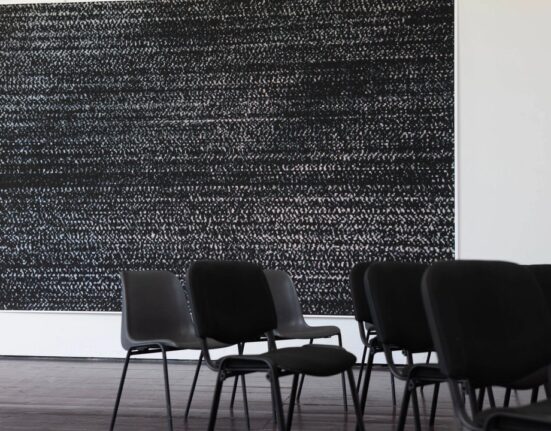Rethinking the museum
Moving to Providence, Hodge noted, created an opportunity to take full stock of the collections.
“When you start to move your household from Point A to Point B, you’re given an opportunity to take inventory of what you have,” Hodge said. “We are using this move as an opportunity to photograph, catalogue and safely pack up every item in our collection so that it will be more accessible to scholars and community members and easier for us to organize and find in the future. More than that, we’re using it as a chance to evaluate everything we have and assess whether it is serving our mission today.”
There are some items in the collections, Hodge said, that no longer make sense for the museum to keep, and staff are taking steps to leave them in better hands. For example, the museum’s head curator is working with PVD World Music, an African-centered musical collective, to transfer a collection of traditional instruments that were donated to the museum but were never used because they duplicate other holdings. The organization’s members, she noted, have specific cultural knowledge about the instruments and plan to use them in education and outreach programs.
Over the longer term, the move will give the museum another way to take stock in its collections: By inviting the city’s diverse diaspora communities to visit and weigh in. Initially, the museum will retain its exhibition space in Manning Hall and there will not be designated public space on its move-in to 1 Davol Square’s second and third floors. But pending additional fundraising, museum leaders aim to eventually expand their physical footprint to the first floor to enable more collaboration with communities who have cultural ties to the collections.
“We have collections of items from communities across the world, and a lot of it is very relevant to the many diaspora communities here in Providence,” including those with Caribbean, African and Asian ancestry, Hodge said. “We’re not just enthusiastic about sharing the collections with them — we’re also eager to hear stories that will widen our understanding of the cultural significance of these items.”
Rubertone agreed that collaborating more effectively with Indigenous and descendant communities is a key responsibility for museums today, and that moving to Providence could help the Haffenreffer Museum expand those partnerships: “Having the museum closer to campus puts it in a place where so many different cultures meet up, interact and agree and disagree in productive ways,” Rubertone said.
Preucel said rethinking the role of anthropological museums is at the heart of his vision for the Haffenreffer Museum’s future. While the museum has long partnered with Native communities — collaborating with them to organize educational crafting workshops and talks on sustainable land use, for example — its aim is to grow existing local relationships and form new ones with descendant communities farther afield.
“Museums are assuming a more socially engaged role, and that means they’re taking responsibility for reaching out to the communities who produced these objects in the first place,” Preucel said. “Sometimes, that outreach might result in returning items, duplicating them or developing programs to share them more widely. Regardless, the goal is to learn from these communities, to learn how to meet their needs and educate a broader public in the process.”






